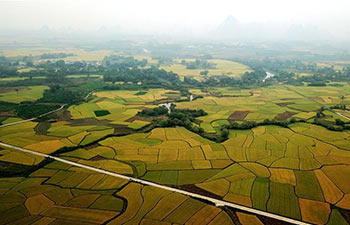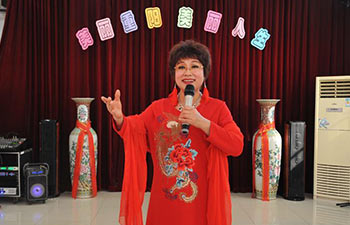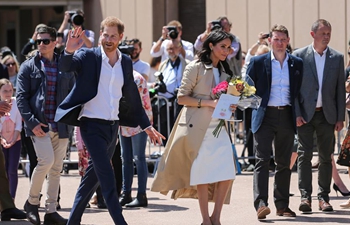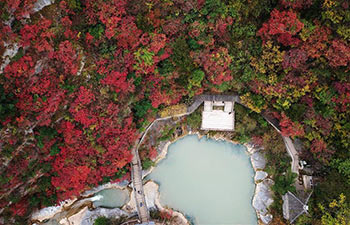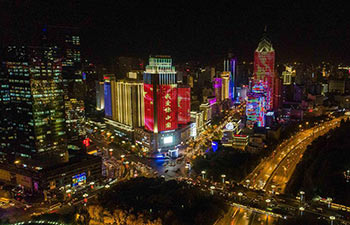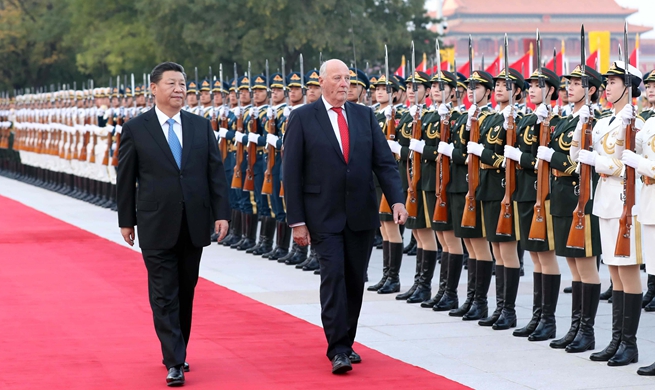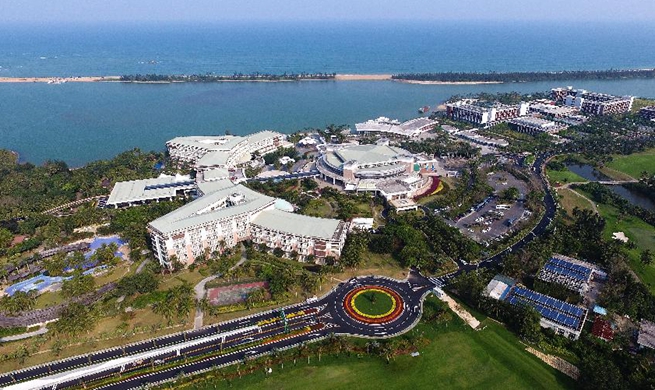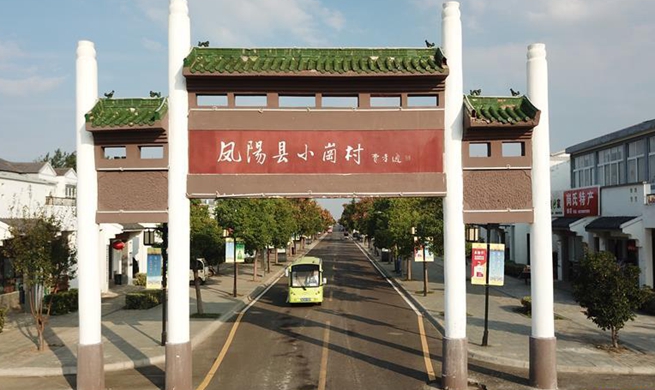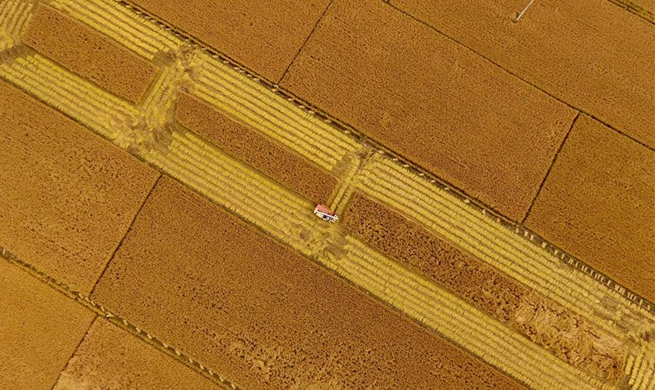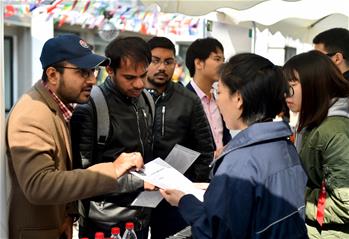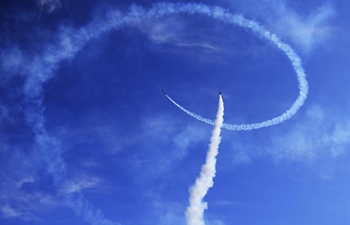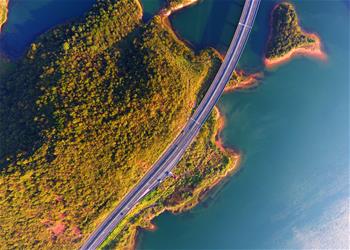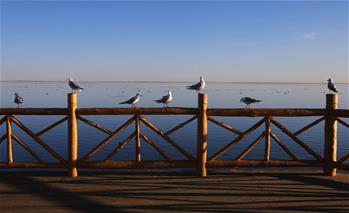LIMA, Oct. 16 (Xinhua) -- Peru's central province of Chanchamayo makes the world's most expensive organic coffee, with the help of a raccoon-like animal native to South America, according to producers.
After the long-nosed, bushy-tailed mishascho, or coati, that eats the beans and expels them as excrement, gives them a richer taste in the process, the coffee, named Misha, can sell for as much as 1,400 U.S. dollars a kilo.
Though the coati can't digest the beans and expels them whole, their passage through the animal's digestive system creates a mellower, fruitier bean, say experts.
"It's a product that is processed in a natural way inside the animal's digestive tract," Jose Durand, manager of the Chanchamayo Highland Coffee company said.
"And because of the small amount produced, this coffee is very expensive," he added.
Each year, only about 450 kilos of Misha is processed.
The company keeps 106 domesticated coatis that were raised on site since they were small. The animals are released into the countryside and return to feed on coffee three times a day.
In Chanchamayo, some 306 kilometers east of Lima, coffee plantations thrive on the eastern slope of a mountain range known as Selva Alta, at an altitude of 1,800 meters above sea level. Together they cultivate some 60,000 hectares of coffee.
"The entire production is biodynamic and the operation is very organic," said Cesar Marin, marketing director at a company called Dago.
Biodynamic agriculture goes beyond organic, meaning no artificial chemicals are used, to incorporate the cycles of "the astronomical lunar calendar" in this case, Marin explained.
Coffee is one of Peru's main agricultural exports, generating 800 million U.S. dollars in revenue in 2017 and expected to surpass 1 billion U.S. dollars this year, according to the Agriculture and Irrigation Ministry. The goal is to reach 2 billion U.S. dollars by 2021.
There are some 150,000 coffee growers throughout Peru, planting some 330,000 hectares, according to the ministry.
Peru's coffee industry began in the 18th century with the arrival of French immigrants. At the end of the 19th century, production arrived in Chanchamayo, which became known as a coffee growing region by 1930.
Peruvian coffee beans are exported to 54 international markets, with a little more than half of production going to Europe, another third to North America and the remainder to South American countries.




